Introduction
If you are still in your starting blocks in photography, then you might have heard the term ‘prime lens’ without really knowing what it is, and you may have wondered what is so special about it.
Let me assure you that they are playing major roles in the lives of most amateur and pro photographers. So, let’s get started and have a closer look at them.
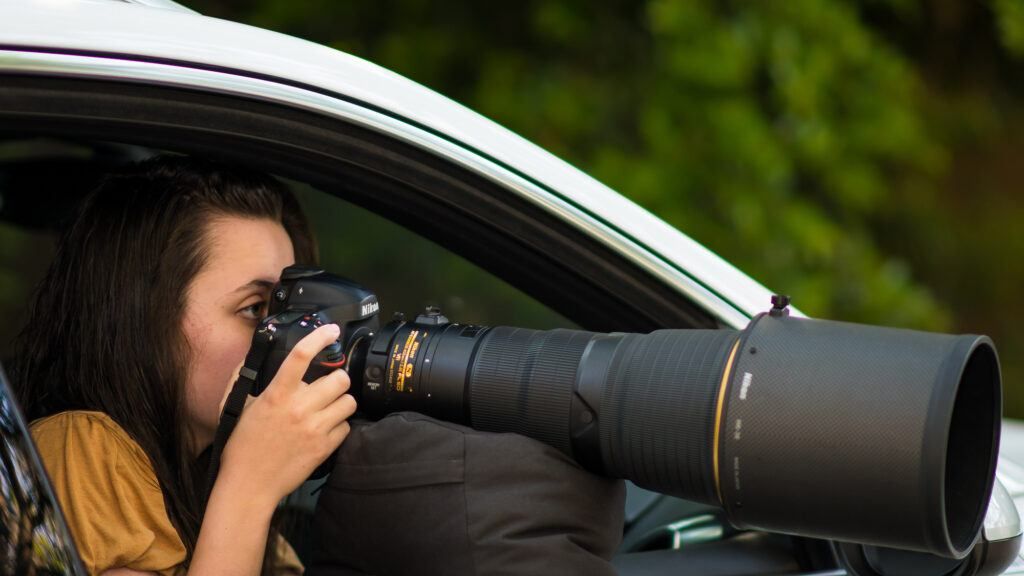
A prime lens has a ‘fixed’ focal length. The focal length cannot be changed such as in zoom lenses. Some might believe that this depicts a zoom lens as it is very large. However, it is a prime lens. Photograph by Crafford Lazarus
What is this guide about?
This is not a documentary on every prime lens out there, with a comparison between them. There are numerous articles and reviews ‘out there’ covering this, so there’s no need to repeat them.
We are rather going to have a quick look at what makes a prime lens different from other lenses and their pros and cons, as well as why you may want to acquire one for your use (or why not). Plus, of course, there will be a few sample images (after all, what better way to decide whether you should invest in one).
What Is a Prime Lens?
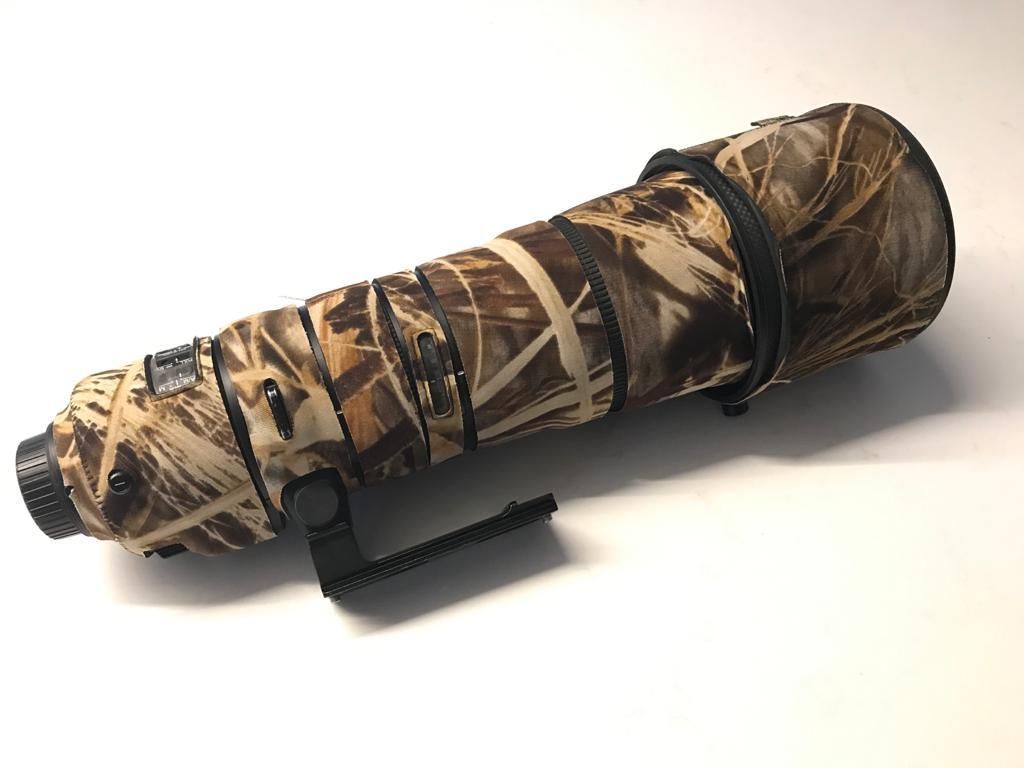
The Nikon 500mm AF-S f/5.6E PF ED VR Lens in a camo protective cover. Photograph by Marc Moll
A prime lens is a lens with a fixed focal length. In other words, it cannot zoom in and out like so many other lenses. The only way to zoom in and out with a prime lens is to change the physical distance between your subject and the lens unless you use a teleconverter (Nikon) or extender (Canon) to zoom in closer.
You can of course mount your prime lens on your crop sensor camera (if compatible) to get a 1.5x/1.6x perceived zoom effect.
Two Main Groups of Prime Lenses
Prime lenses can be roughly divided into two groups:
- Pro lenses: those with the widest aperture setting of f/2.8 and wider.
- The remainder of prime lenses. These are generally known as ‘the poor man’s prime lenses.’ Not that the quality coming from these lenses is anything to scoff at – or that all of them are affordable in amateur terms – it just means that you are operating at a bit of a handicap in non-favorable lighting conditions because of aperture restrictions.
The only way to zoom in and out with a prime lens is to change the physical distance between your subject and the lens unless you use a teleconverter to zoom in closer.
Recommended Reading: If you’d like to master camera settings to create gorgeous, creamy, blurry backgrounds, grab a copy of Photzy’s premium guide: Beautiful Background Blur.
What Is a Teleconverter (TC)?
I think it is worthwhile spending a few words on teleconverters as they probably play a role in most long-range prime lens owners’ lives. After all, they present one of only two ways of bringing your subject closer if you’re using a prime lens.
Teleconverters/extenders may have other names in non-Canon/Nikon brands, but for the sake of simplicity, I’m going to use the name ‘teleconverter’ as I think the name is a good indication of what it is about.
A teleconverter is a type of ‘magnifying glass’ or ‘small scope’ mounted between your lens and camera. They are found mainly in three magnification groups:
- 1.4x
- 1.7x
- 2x
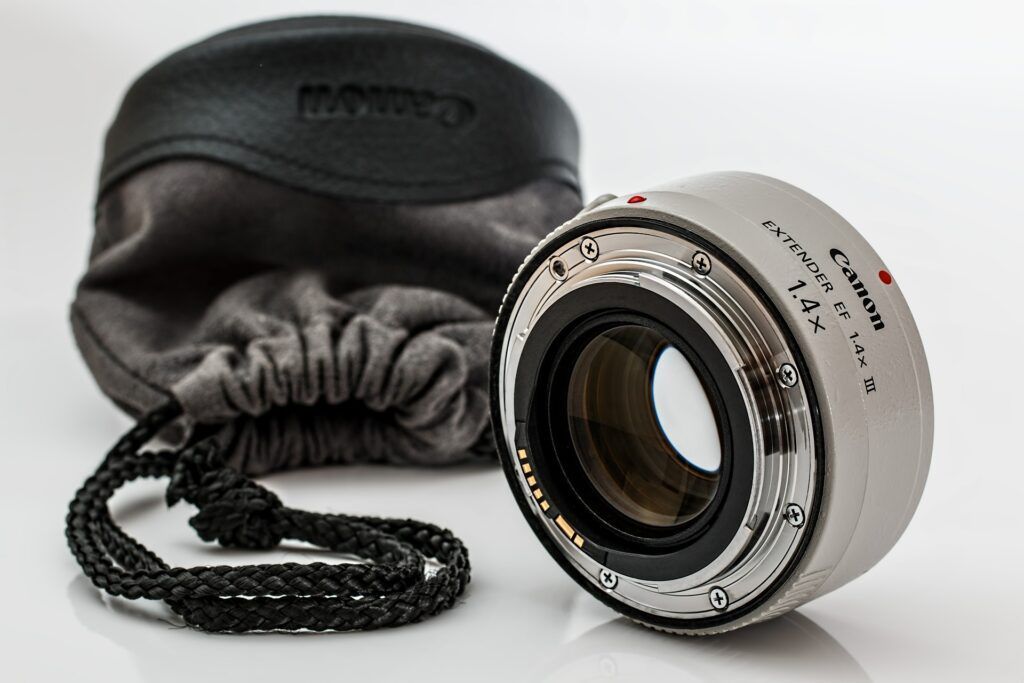
So why not only manufacture the 2x version? Surely you want the maximum magnification. Not so? Because…
- the higher the magnification, the more image quality is sacrificed (in terms of blur). In general, the 1.4x magnification teleconverters are the most popular because they hardly introduce any blur. Only the sharpest lenses are used with the 2x teleconverter, such as Nikon’s 300mm f/2.8 lenses.
- the higher the magnification, the more you sacrifice in terms of your camera’s widest aperture setting. You will sacrifice:
- the 1.4x TC: half a stop;
- the 1.7x TC: a full stop; and
- the 2.0x TC: 1.5 stops.
Can a TC be used with a zoom lens? Yes, but given that zoom lenses’ image quality is not as good as that of prime lenses and that their widest aperture is already a handicap (usually at around f/5.6), it is not even worth a try.
Note: Some prime lenses are manufactured with a built-in TC which can be switched on and off at will.
Key Lesson: Prime lenses are lenses that cannot zoom in and out. In general, they are made of higher quality material than zoom lenses, especially glass. This allows them to (in general) render images of higher quality than zoom lenses, but it also makes the bigger ones extremely expensive.
The Positives of Prime Lenses
Two features stand out in this area:
- Quality. The level of image quality produced by these lenses is sometimes jaw-dropping. They are extremely sharp.
- Focus speed. Pro prime lenses are much faster focusing than zoom lenses and are, in general, somewhat faster at focusing than non-pro prime lenses.

Probably one of my favorite images shot with a Nikon D600 and a Nikon 300mm f4 AF-S ED mounted on a Nikkor TC 14E ii. Photograph by Tobie Schalkwyk
The Negatives of Prime Lenses
- Price: Long-range (300mm +) prime lenses can be expensive and are usually only in possession of photographers earning money with their photography.
To give you an idea, the Canon EF 400mm f/2.8L IS III USM sells for $12,000 US at B&H PhotoVideo, compared to the Canon EF 400mm f/4 DO IS II USM which sells for roughly $7,000 US and the Canon 300mm f/4 lens is $1,379 US.
The Canon 85mm f/1.2 sells for $1,999 US, but the Canon 85mm f/1.8 is far less expensive at $419 US.
(Canon has been quoted merely as an example. Other manufacturers are similar in cost and quality.)
- Size and weight: Long-range pro prime lenses can be quite bulky and heavy. For example, the Canon EF 400mm f/2.8L IS III USM weighs 6.3 lbs. (2.84kg), compared to the Canon EF 400mm f/4 DO IS II USM’s 4.65 lbs. (2.1kg).
The AF-S NIKKOR 500mm f/5.6E PF ED VR is probably the winner in the long-range prime lens weight category, weighing in at only 3.18 lbs. (1.46 kg).
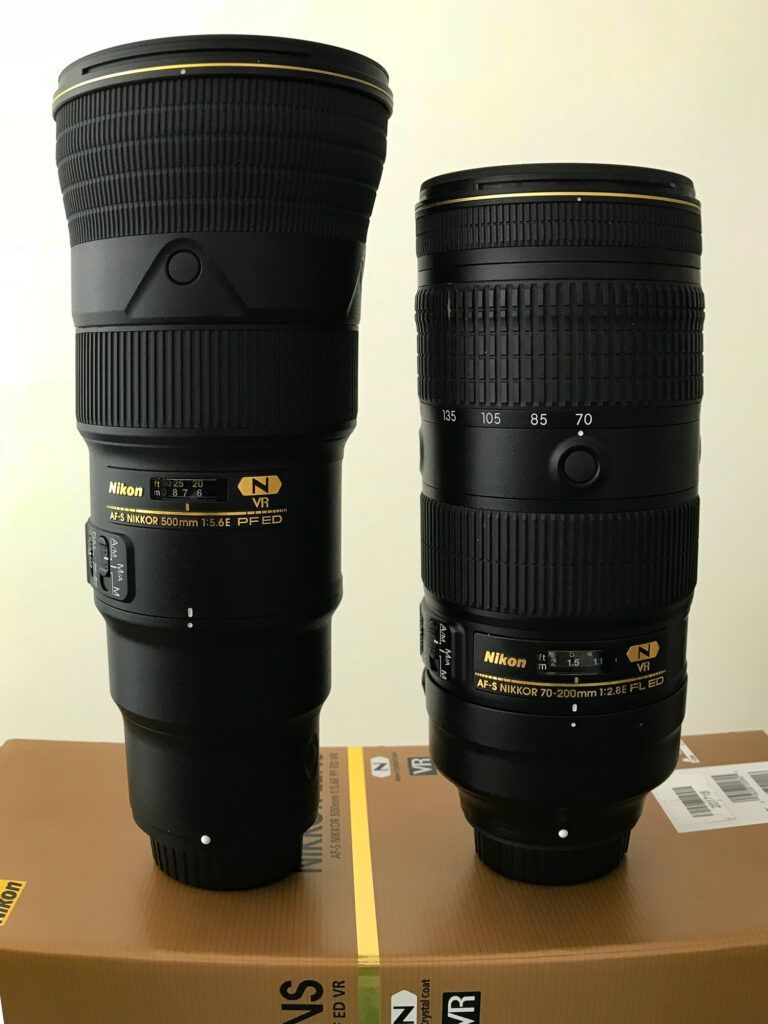
Take note of how relatively small the Nikon 500mm AF-S f/5.6E PF ED VR (left) is – just a little bigger than the Nikkor 70-200mm f2.8 on the right. Photograph by Marc Moll
Key Lesson: Prime lenses have positive and negative traits, just like zoom lenses. They may produce better quality images than zoom lenses, but they can come at a price: higher cost and increased bulk. Cheaper, physically smaller (but slower) alternatives are available.
Recommended Reading: If you’d like to master camera settings to create gorgeous, creamy, blurry backgrounds, grab a copy of Photzy’s premium guide: Beautiful Background Blur.
The Poor Man’s Prime Lenses
I know that most readers of this guide will be amateurs like myself (meaning we do not earn money with our images) and will be in a state of despair after reading the sections above. I mean, who can fork out $12,000 US for a lens, right?
Well, there is hope in the form of non-pro lenses, perhaps not when buying them new but certainly when doing your homework well when shopping for a used lens. Let’s look at a few of them. I will only look at Canon and Nikon in order not to spend pages and pages on examples.
Shop around for your own brand’s primes if available at all.
A Few Words on Short-Range Prime Lenses
The short-range ‘fast’ prime lenses may qualify as ‘pro,’ lenses but most of them are quite affordable. They are usually bought for specific purposes. Some photographers have only a collection of primes in their kit and not a single zoom lens.

Nikon D600 + AF-S NIKKOR 85mm f/1.8G prime lens. Photograph by Tobie Schalkwyk
I’m not mentioning brand names below as some of the non-brand short-range prime lenses are as good (if not better) than some of the brand names. And sometimes they are much more affordable:
- 10mm – 20 mm – Used for astrophotography, landscapes, and to widen angles on crop sensor cameras.
- 50mm f/1.x – f/2.8 – Probably the most popular lens for family images and close-ups.
- 24mm – 105mm – Mainly used for portraits and in studios.
- All macro prime lenses – Used to photograph macro images (extreme close-ups).

Nikon D7000 + AF-S NIKKOR 50mm f/1.4G prime lens. Photograph by Tobie Schalkwyk
Long-Range Prime Lenses
These lenses are popular with nature and sports photographers for obvious reasons: it is not always easy to get close to your subject.
The Nikon AF-S Nikkor 300mm f/4E PF ED VR
I have owned this lens myself for a while and I have taken numerous respectable images with it (mounted on my Nikon D600), even if I must say so myself.
It is quite compact and relatively cheap. I have used it with a 1.4x TC with success. I believe they have been discontinued so you’ll have to surf the second-hand market to get one:
- Price: +/- $2,000 US ($1,600 US used)
- Weight: 766 g (1.66 lbs.)
- Length: 148 cm (5.83”)
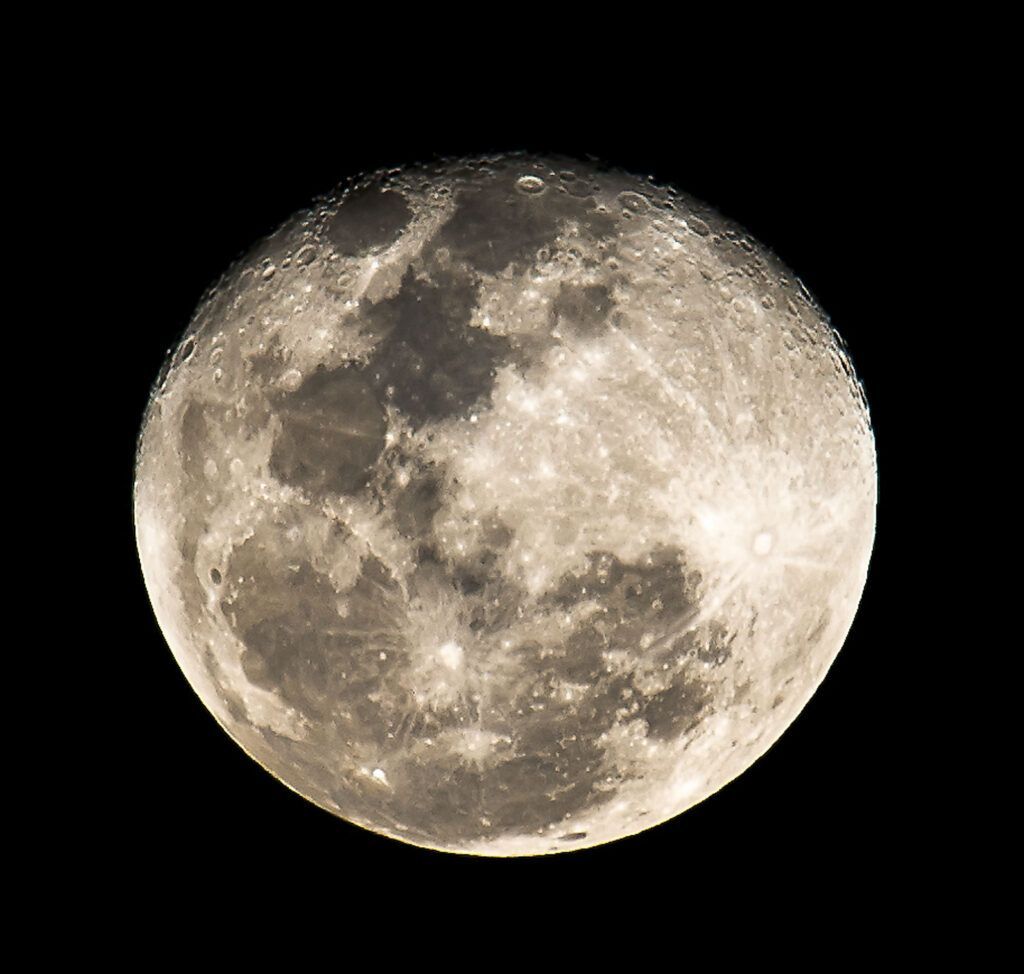
Nikon D600 + Nikon 300mm f4 AF-S ED mounted on a TC 14E ii. Photograph by Tobie Schalkwyk
The Nikon AF-S Nikkor 500mm f/5.6E PF ED VR
My friend (Marc Moll) bought this lens as soon as it entered the market and has taken numerous super-quality images with it. It is much cheaper and more compact than the 500mm f/4 lens; in fact, it’s just a little larger than any photographer’s favorite lens, the 70-200mm f/2.8.
This lens’ compact size has been achieved by utilizing Phase Fresnel (PF) lens elements.
- Price: +/- $3,600 US
- Weight: 1.45 kg (3.2 lbs.)
- Length: 9.3”

Nikon D500 + Nikon 500mm AF-S f/5.6E PF ED VR. Photograph by Marc Moll
The Canon Ef 400mm f/5.6L USM
This lens had been discontinued so you’ll have to shop the used market to find one.
- Priced (used): +/- $900 US
- Weight: 3 lbs. (1.4 kg)
- Length: 10” (265mm)
Key Lesson: Prime lenses are horses for courses. Each has a ‘best suitability’ depending on its range. There are more affordable long-range primes, but that does not necessarily bring them within reach of every amateur photographer.
Should I Invest in One?
That’s the million-dollar question, isn’t it? I believe that every photographer should have at least one in his or her kit, or at least own one at some stage during his or her photography venture.
Let’s break them down into groups to make more sense:
The 50mm
This is such a versatile lens, used for so many purposes. It is no wonder, then, that most photographers – amateur and pro – have one in their kit. If you’d like to know what it’s like to shoot with a prime lens and you’re not sure where to start, then get this lens. It will serve you well for many years to come and they are some of the cheapest prices around.
I believe that every photographer should have at least one (prime lens) in his or her kit, or at least own one at some stage during his or her photography venture.
The 85mm – 105mm
If you’re running a studio – at home or not – then get one of these lenses. They are extremely sharp and a pure pleasure to use.
Long-Range Primes
Let me start by saying that you can build up a beautiful, high-quality portfolio of wildlife and birdlife images without using a long-range prime lens. Therefore, there is no need for despair if you cannot afford a long-range pro prime lens – most of us can’t.
So why do pros and serious amateurs spend a fortune on such a lens? Because:
- it takes your image quality just that one step higher;
- you will not be the first one to pack away your kit when dawn moves in on safari; and
- these lenses’ focus speed is awesome. You will appreciate this lens so much in wildlife action shots when tracking an animal or bird in flight, or even a metal monster coming down a racetrack.
The main obstacle in owning one of these lenses is budget. It is not for everyone, so we’ll just have to envy those who have them and pretend their images are not that much better than ours!
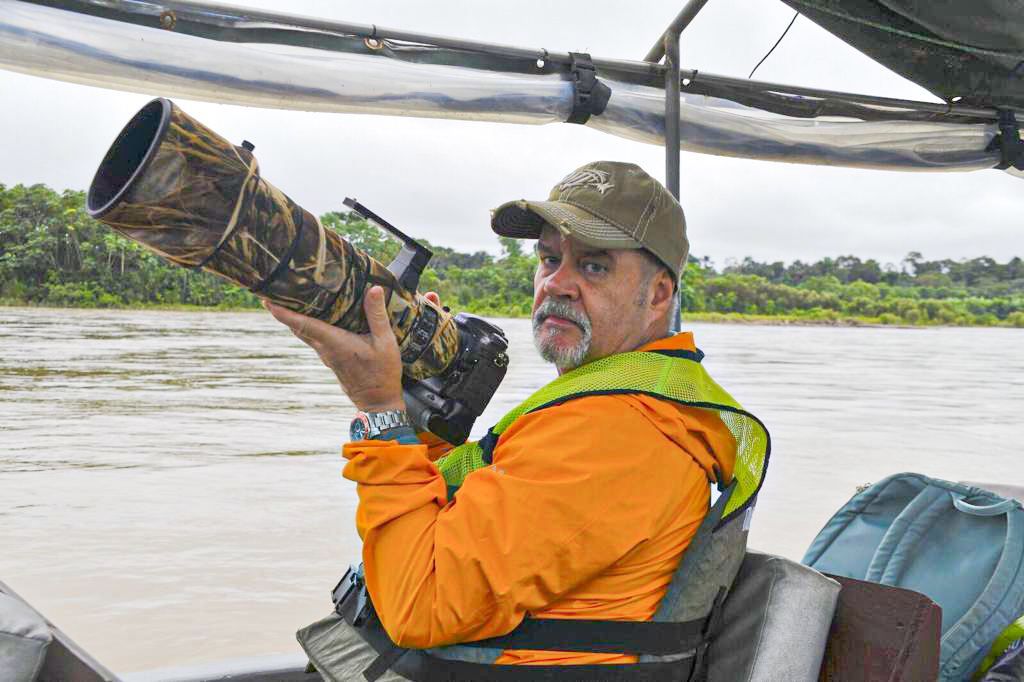
A proud owner (Marc Moll) displaying his Nikon 500mm AF-S f/5.6E PF ED VR. Photograph by Marc Moll
Key Lesson: You can get quite a lot of pleasure from photography, and good-quality images, without ever using or needing a prime lens. They do have their place in the photography world, though, and they will certainly add value to your kit. Cheaper options are available in the short-range primes, for those who cannot afford their long-range counterparts.

Photograph by Marc Moll
Recommended Reading: If you’d like to master camera settings to create gorgeous, creamy, blurry backgrounds, grab a copy of Photzy’s premium guide: Beautiful Background Blur.
Conclusion

Nikon D500 + Nikon 500mm AF-S f/5.6E PF ED VR. Photograph by Marc Moll
Prime lenses have a solid place in the world of photography. They have come to stay.
Are you lost without one? Certainly not, especially after the leaps and bounds in quality improvements in zoom lenses during the last 10 years.
Will you be better off with one? Certainly! Especially if you use it for what it was built for. Get at least one so that you have the pleasure of discovering its good qualities and its restrictions. Most important of all, happy snapping, no matter what lens you use!
Self-Check Quiz:
- What range lens would you use for astrophotography?
- What is a teleconverter/extender and why would you use it?
- What are the cons of using a 2x extender?
- Name one main advantage of a prime lens.
- What is a ‘pro’ prime lens?














